One of the world's most critically-acclaimed open world RPGs, The Witcher III: The Wild Hunt has relied on more than just Polish source material and an equally-talented Polish developer. The sights and sounds of Poland's dynamic landscape and history, and even the prize city of Gdańsk, are key inspirations to what brings the game to life!
For non-gamers, Netflix's equally-successful The Witcher series, starring Superman Henry Cavill as anti-hero Geralt of Rivia, is the English-speaking world's introduction to the franchise that began with a book series by Polish author Andrzej Sapkowski in the early 1990s. The Witcher, or Wiedźmin in Polish, would inspire a rather cheesy adaptation of the books, originally aired on Polish TV in 2002. This gave the franchise enough momentum to be taken on by Polish game developer CD PROJEKT, and the first Witcher game was released in 2007.
Many Polish developers had grown up on 2nd-hand or pirated copies of classic RPGs like Baldur's Gate and Diablo, some of the few titles that could perform reasonably on outdated computers. Many of these future devs have commented that the fantastically-written dialogue and hours of immersive conversations of these games would prove to be a more effective English-learning environment than in Polish schools! It would also inspire these individuals to confidently look towards a fantasy RPG world that they could call their own. Thus, The Witcher would become the basis of their uniquely Polish gaming universe.
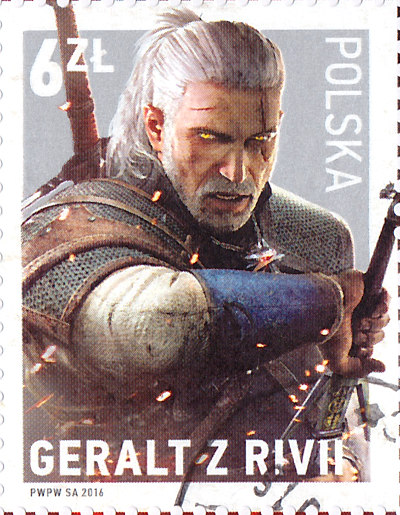
6zł postage stamp, commissioned by Poczta Polska.
Poland has it's priorities in order!
Much like the books, steeped in Slavic traditions and folklore as well as some uniquely-Polish elements influencing the politics on The Continent (the world in which the saga takes place), the game have drawn upon real places in Poland to bring Sapkowski's uniquely-crafted universe to life. Just of these many sources of inspiration that can be found in The Wild Hunt is our beloved city of Gdańsk.
If you want to know more about other locations in Poland that have made their way into the game and Netflix series:
Read the full blog post.
The Free City of Novigrad is The Free City of Danzig (Gdańsk)
The name says it all! Though it goes beyond just a nod to the interwar name of Gdańsk. The main city in Witcher III: The Wild Hunt is a major port on the continent, within the Kingdom of Redania (yet maintaining independence) with a multi-ethnic community of humans, elves and dwarves and a Red-and-Gold crest topped with a crown. These are just a few of the minor details that you would only pick up if you were familiar with Gdańsk history. There are, however, several more tangible elements that you would pick up if you had visited Gdańsk Old Town before playing the game and visa versa.

Prussian architecture is most prevalent in the north of Poland, most of which is found in Gdańsk.
Direct inspiration for each kingdom on The Continent are still debated to this day, however there is no doubt that the Nilfgaardian Empire is, at least in part, a reference to the German Empire and Kingdom of Prussian that occupied Northern Poland in centuries past. In the game, the Germanic language and representing-colours of Nilfgaard are a bit of a giveaway. Nilfgaard are at war with The Kingdom of Redania, reigned over by the rather Slavic-sounding Radovid the Fifth, is a little more obscure. In one way, the geography of the continent would suggest that they are Poland and the representing colours and crest certainly would point towards that.
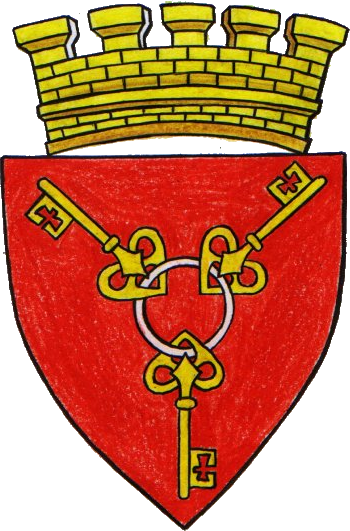
|
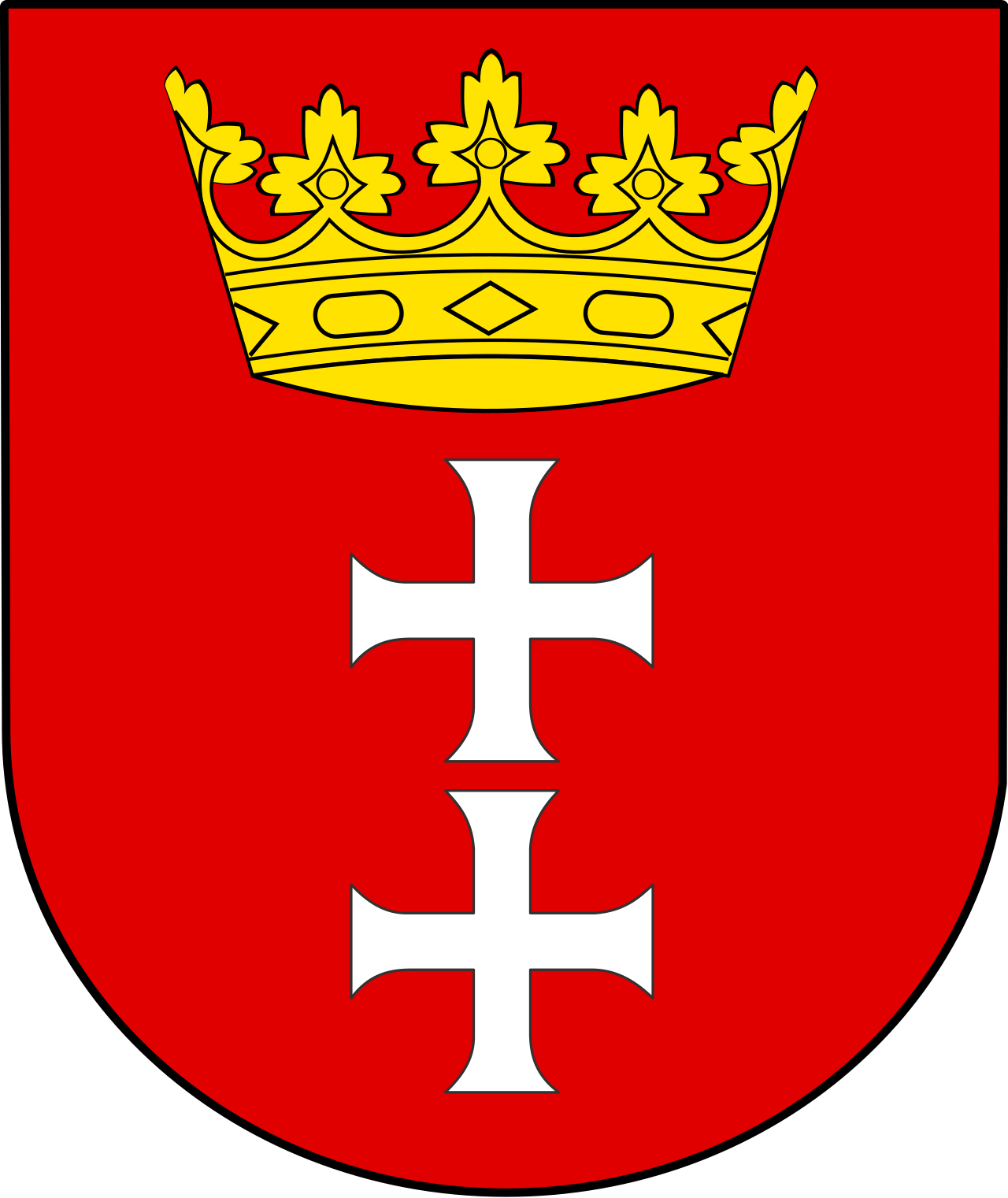
of Gdansk, formerly the Free City of Danzig. |
Others have suggested that Redania represents The Russian Empire in the 18th and 19th Centuries when Poland had been partitioned by both Russian and Prussia, which would comfortably fit the earlier Nilfgaard explanation. In this instance, a non-existent Poland is represented by the conquered Kingdom of Cintra or even Temeria or Kaedwin. As for names, a theory exists that 'Redania' was inspired by the Radunia River and Canal that runs through Gdańsk.

The Free City of Danzig |
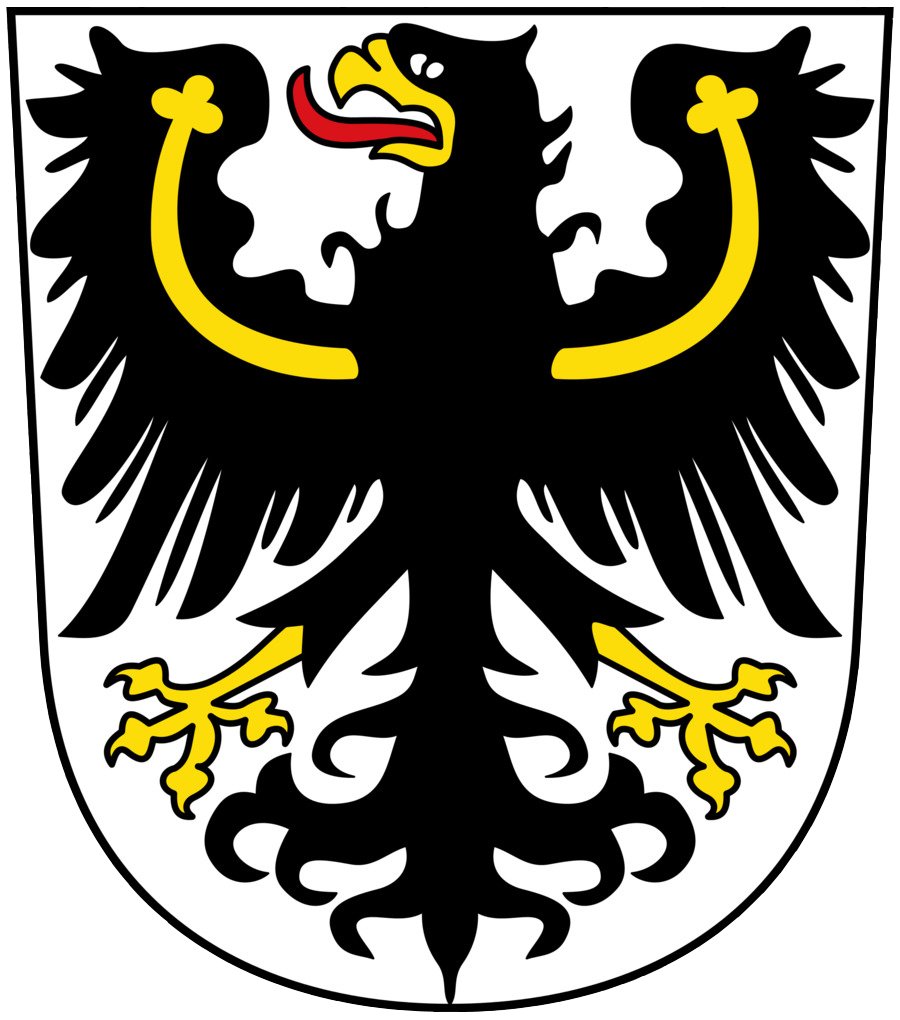
|

a white eagle on red. |

featuring a white eagle on red. |
The Crane on Novigrad Docks
The most obvious influence over the city design of Novigrad, the Crane is often synonymous with Gdańsk and, undoubtedly, the most unique structure in the city. As you can see, the one in Novigrad is not quite the same but the mechanics are virtually-identical. Much like you would see when visiting the long waterfront in Gdańsk, the replica galleons that ferry tourists around are obvious influences that Novigrad has also used docks! The historic Danzig Bowke are an obvious inspiration to the drunken sailors that harass you for coin and regularly cause fights.

|
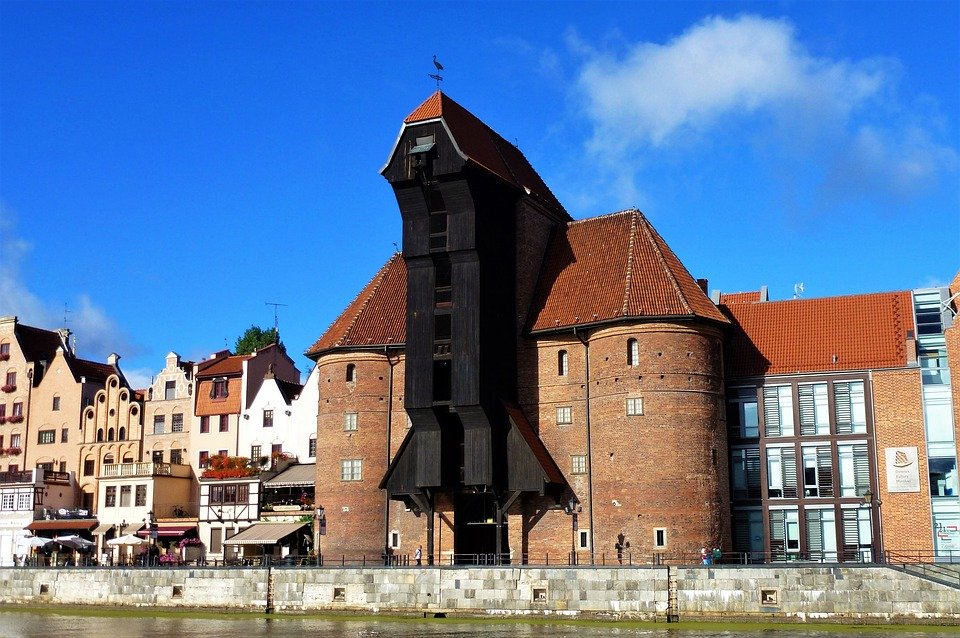
|
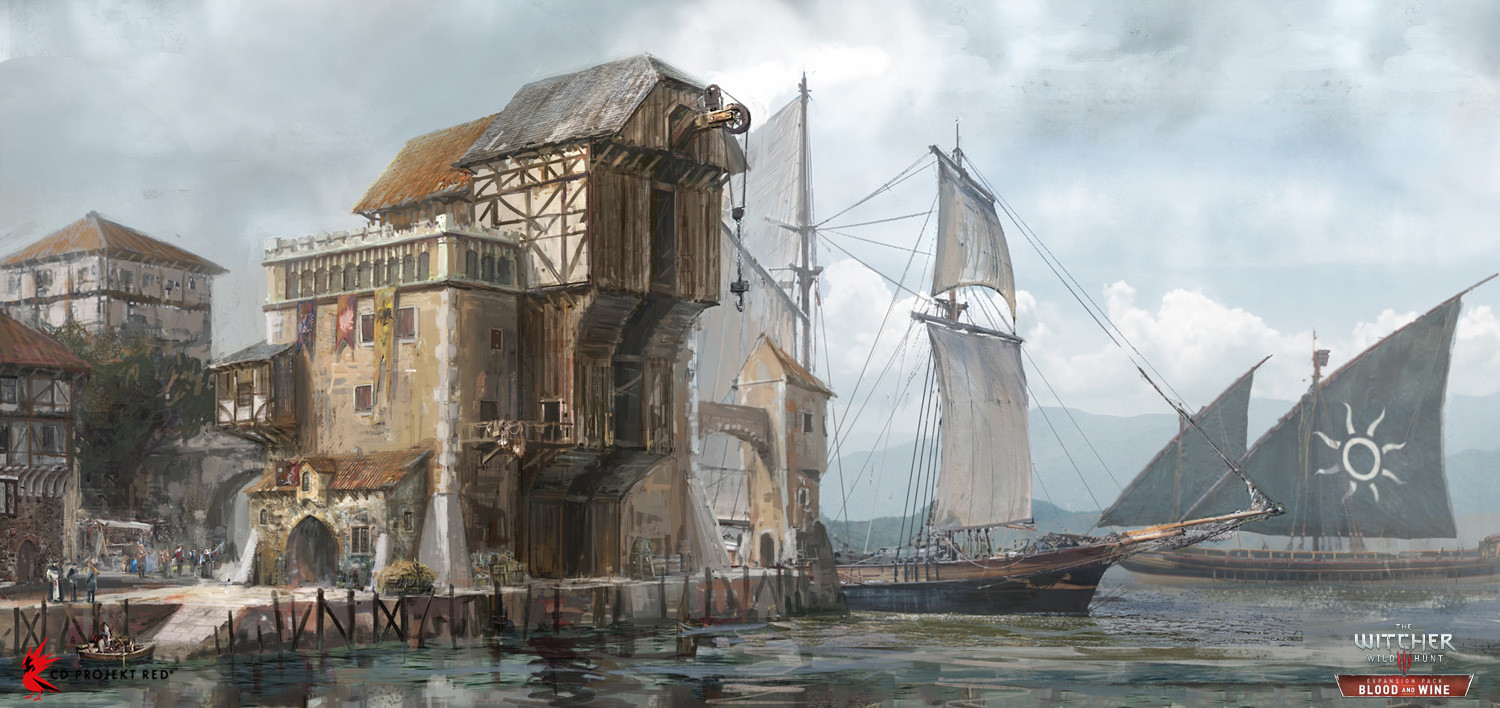
The Prussian Wall 'look' in Novigrad
Other examples of Prussian Wall architecture can be found all over Novigrad. The architectural style is distinct from other locations in the game, which have drawn upon other influences. It purposefully contrasts from, for example, the brick and red-tile-friendly Oxenfurt or the Scandi-influenced island of Skellige. Again, we can thank Pan Dybowski for representing this rather Pomeranian architectural flavour in the game!

|
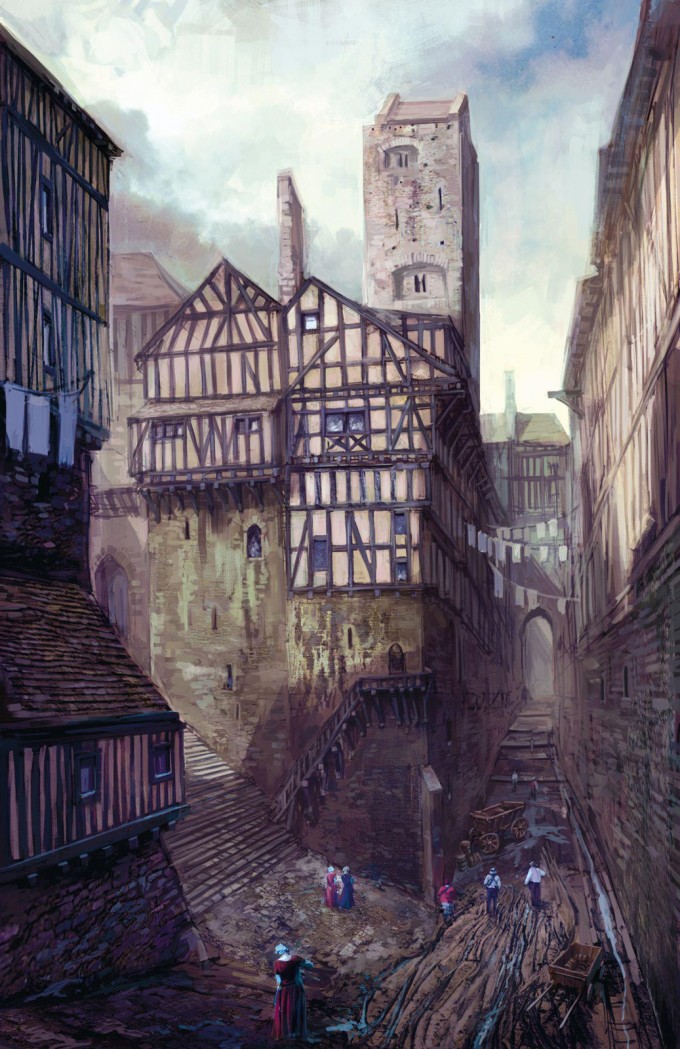
by Andrzej Dybowski. |

|
Whilst there are no equivalents in Gdańsk Old Town, notable buildings with this architectural style include Granary Island, the Millers' Guild House and the Ołowianka Inn.
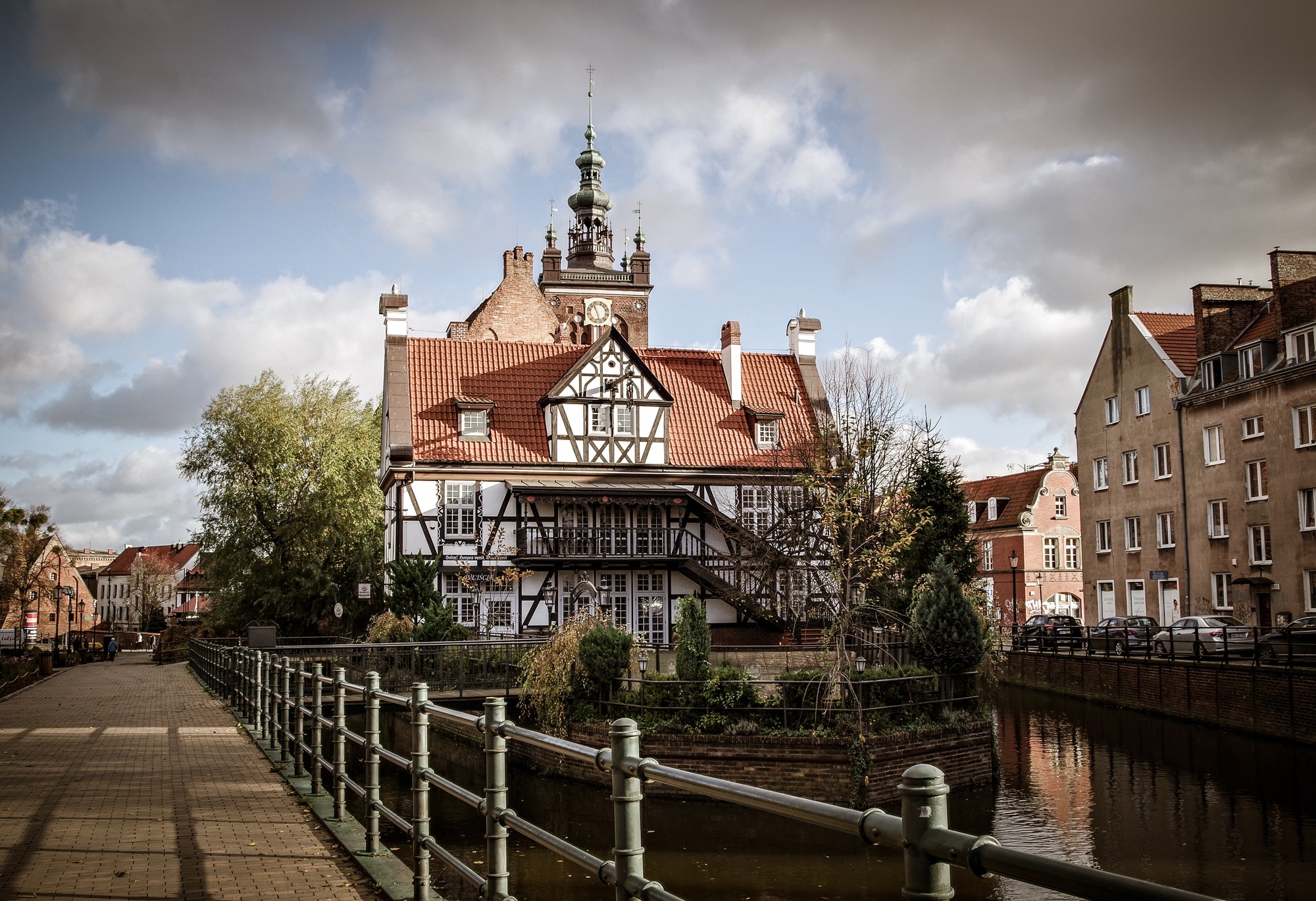
|


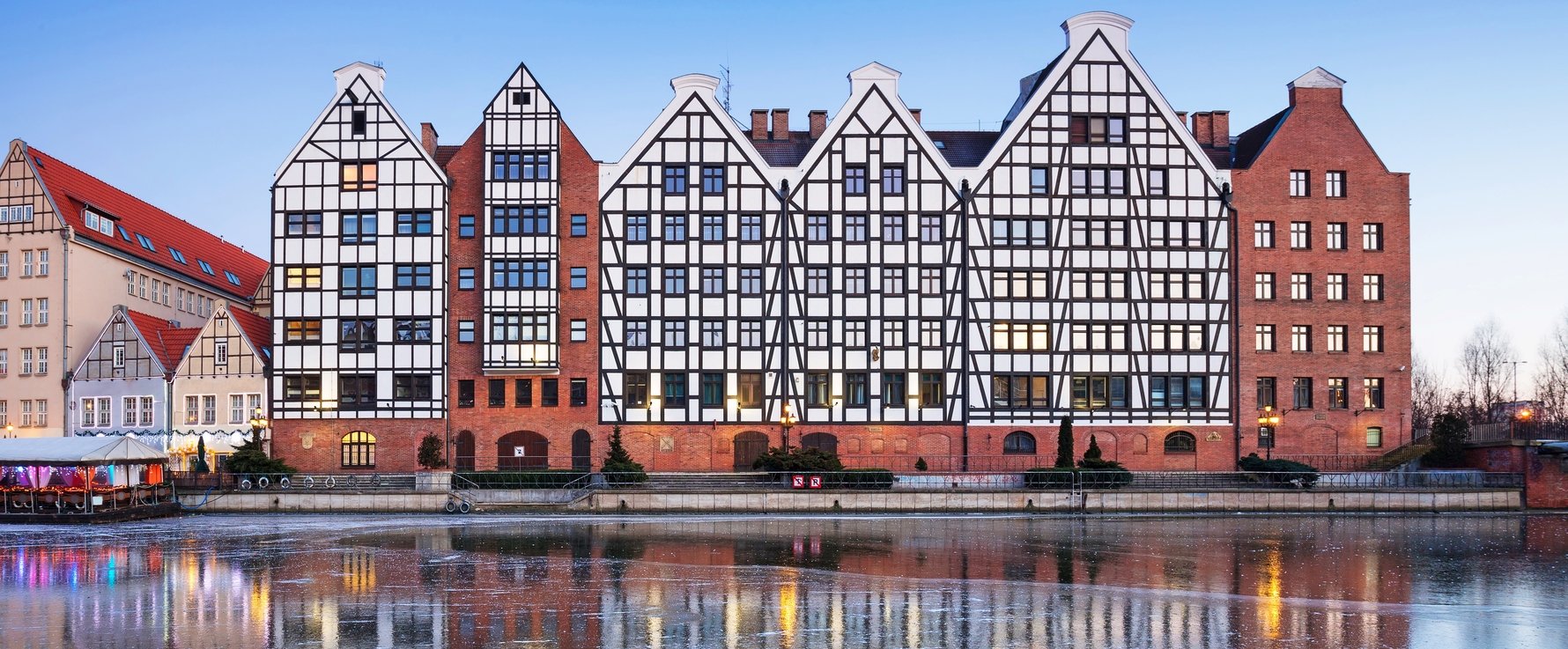
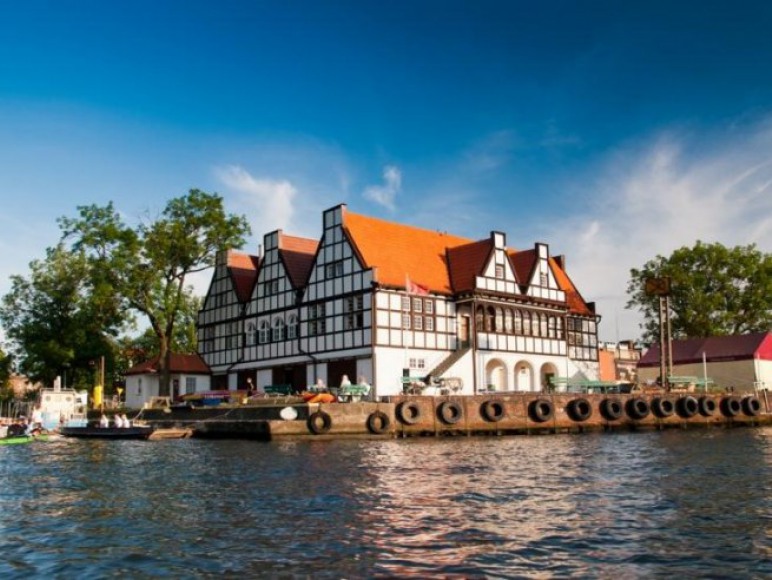
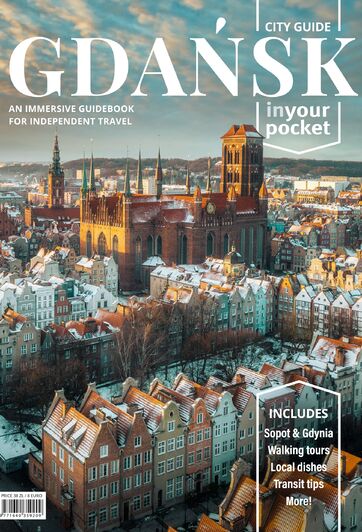
Comments